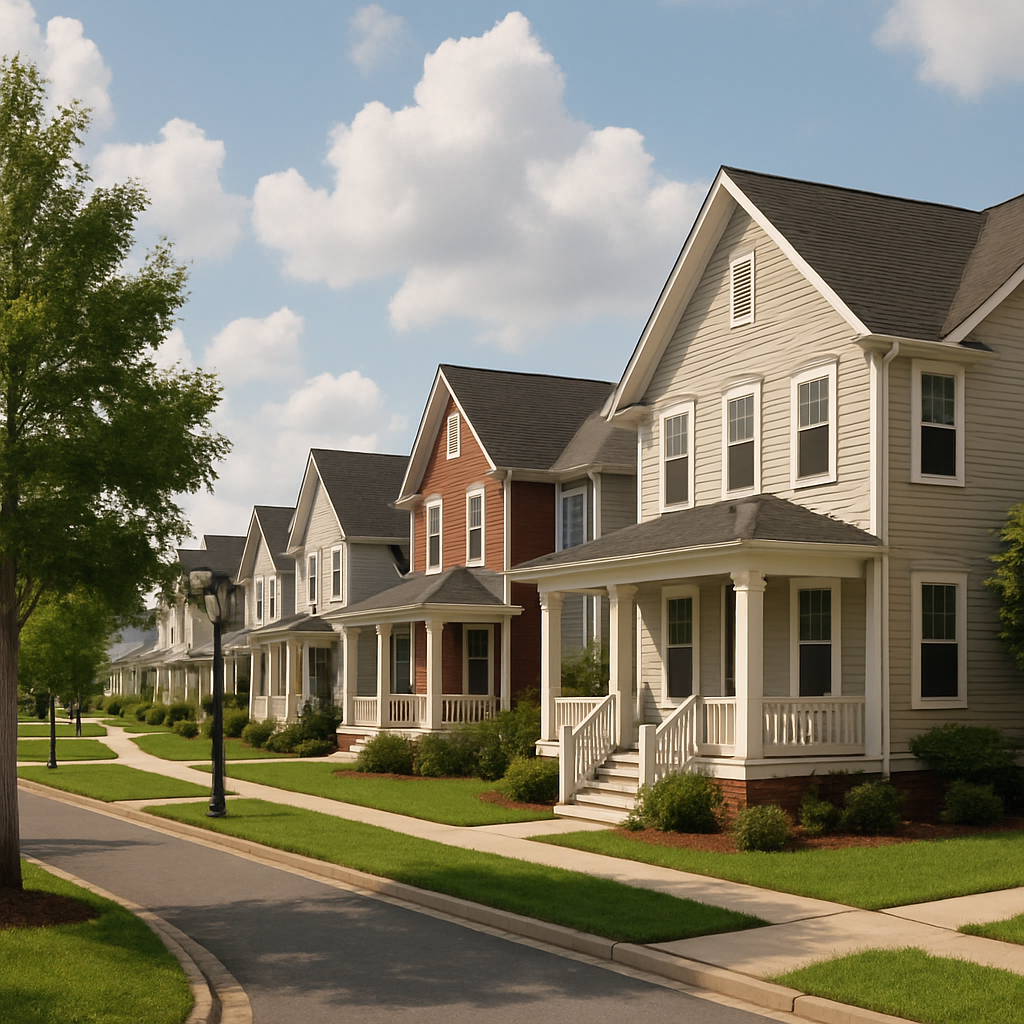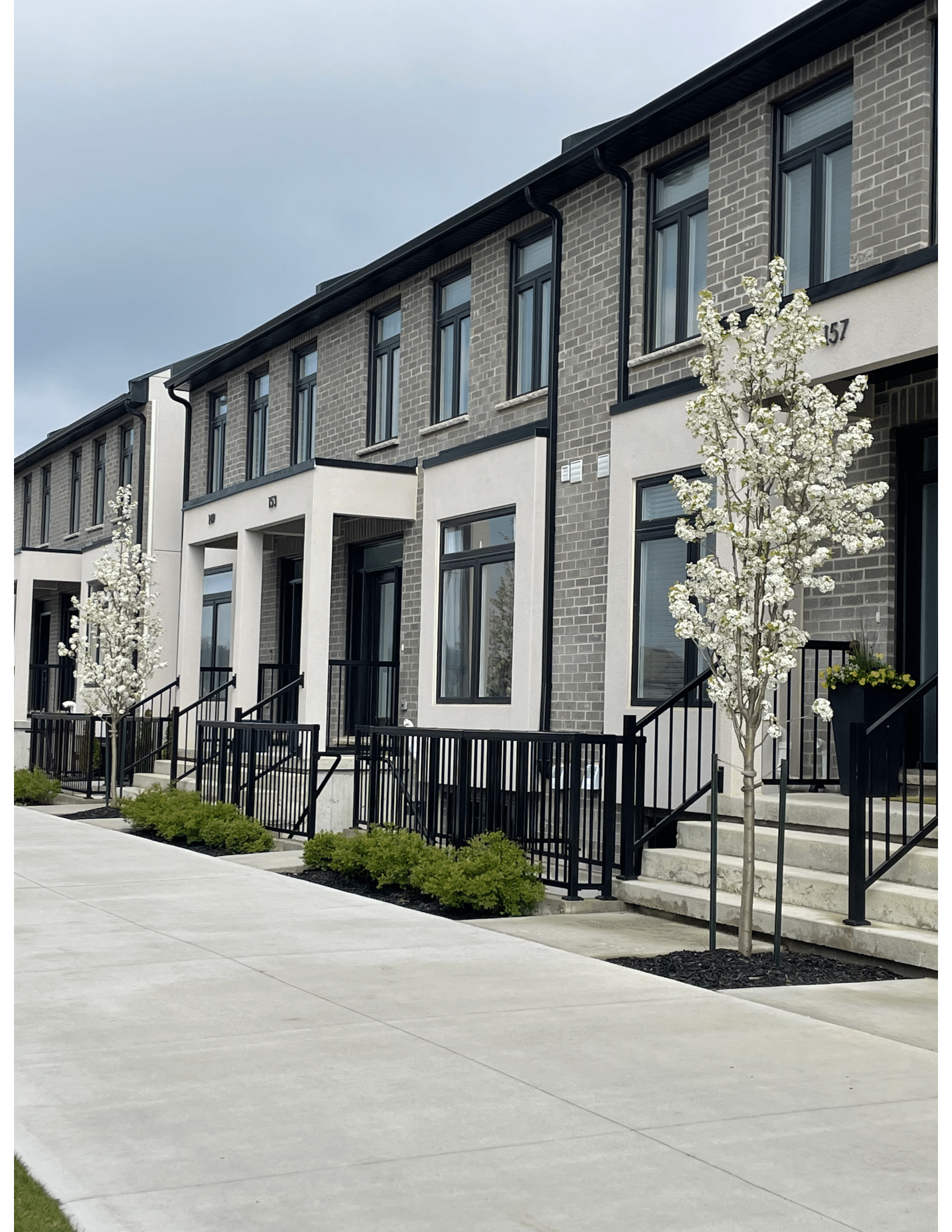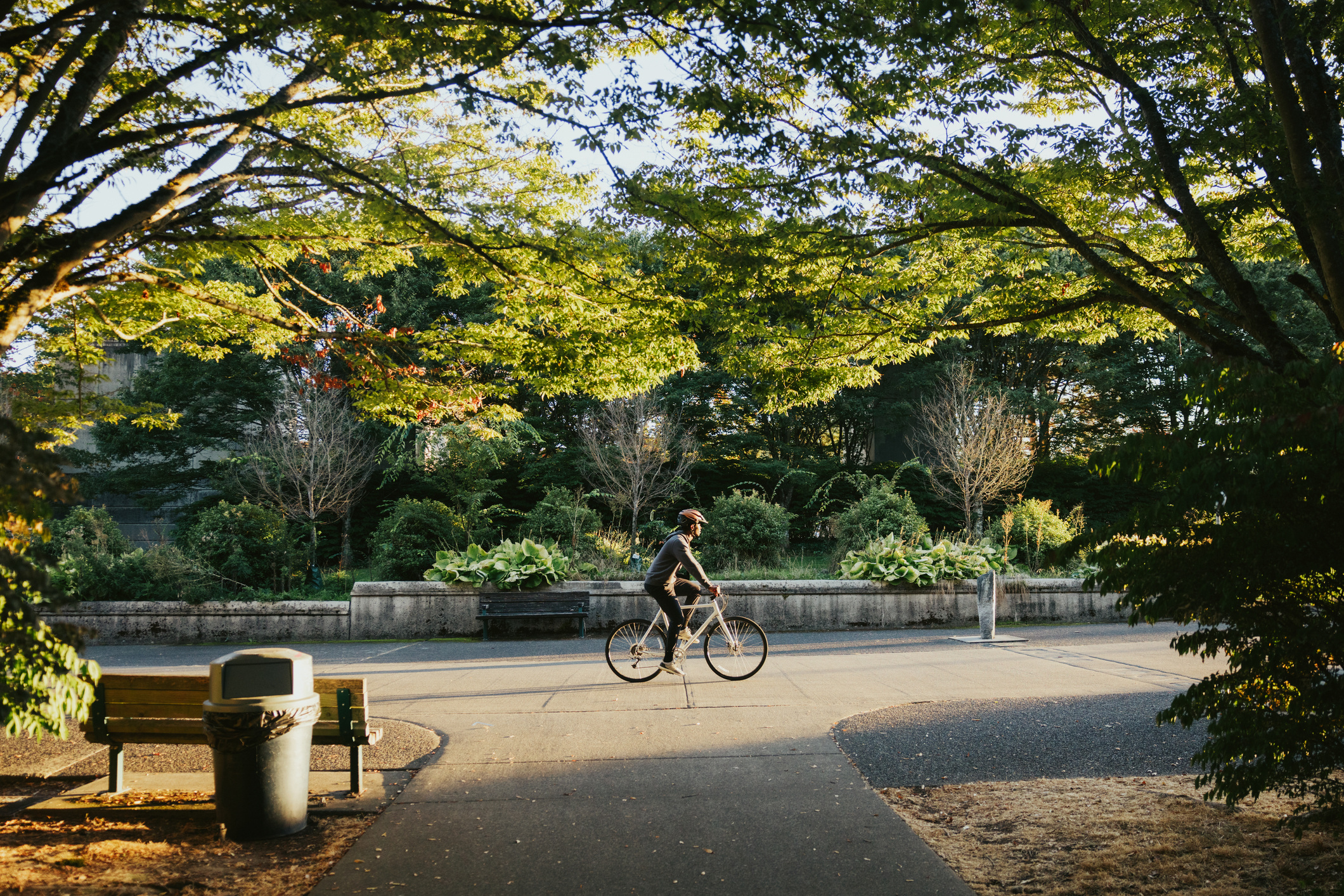5 Ways Traditional Neighbourhood Design (TND) Fosters Real Community

1. Walkability Fosters Everyday Interaction
In conventional neighbourhoods, cars dominate. Wide roads, long blocks, and distant destinations mean most people travel in isolation, reducing opportunities for spontaneous social encounters.
TND, by contrast, prioritizes sidewalks, narrower streets, and destinations within easy walking distance. Whether you’re walking to a café, the park, or the local corner store, you’re more likely to see your neighbours, exchange greetings, and build familiarity. These small, daily connections—often called "casual collisions"—strengthen a sense of belonging and create a truly walkable community.
2. Public Spaces Encourage Organic Gathering
Conventional developments often lack central gathering spots beyond a school or shopping plaza, leaving residents with fewer opportunities to meet outside of organized activities.
Traditional Neighbourhood Design deliberately integrates parks and functional front porches into the fabric of the community. These shared and public facing spaces are intentionally designed as natural gathering points for block parties, farmers’ markets, or simply casual conversations. Over time, these central public spaces become the social “heart” of the neighbourhood.
3. Housing Diversity Strengthens Community Bonds
Conventional design tends to standardize housing, often offering only single-family homes on large lots. This limits who can afford to live there and can reduce generational and cultural diversity.
TND embraces a thoughtful mix of housing types—townhomes, stacked townhomes, apartments, accessory dwelling units (ADUs), and single-family homes—woven into the same community. This housing diversity allows people at different life stages and income levels to live side by side, creating richer, more resilient, and more interconnected social networks.
4. Safety Through "Eyes on the Street"
Wide setbacks and garages dominating the street front are hallmarks of conventional suburban design. While they may maximize private space, they can make public streets feel empty and less secure.
TND promotes homes with front porches, smaller setbacks, and active street fronts. When more people are naturally present in public spaces—walking dogs, chatting with neighbours, or watching children play—this concept of "eyes on the street" makes the neighbourhood feel both safer and friendlier.
5. Higher Levels of Civic Engagement
When neighbours see each other regularly, share public spaces, and live in diverse, interconnected settings, they are more likely to form the trust that fuels local civic life.
Communities built with Traditional Neighbourhood Design often show higher levels of volunteerism, local advocacy, and neighbourhood pride. People feel invested not just in their property but in the well-being of the entire community, leading to a stronger civic culture.


